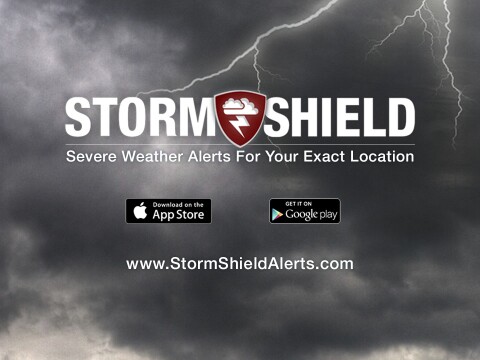The Ohio Office of Emergency Management offers the following tornado safety tips (you can read the full list of recommendations here.)
Tornado Safety Tips
While taking shelter during a tornado warning, the Ohio Committee for Severe Weather Awareness encourages Ohioans to DUCK:
D - Go DOWN to the lowest level
U - Get UNDER something
C - COVER your head
K - KEEP in shelter until the storm has passed
-When a tornado watch is issued, review your safety plan – don't wait for the watch to become a warning.
RELATED: What's the difference between a tornado watch and warning?
-Despite Doppler radar, tornadoes can sometimes occur without any warning, allowing very little time to act. It is important to know the basics of tornado safety.
RELATED: How tornadoes form: Power of 5 meteorologist Trent Magill explains
-The safest place to be during a tornado is a basement. If the building has no basement or cellar, go to a small room (a bathroom or closet) on the lowest level of the structure, away from windows and as close to the center of the building as possible.
-Be aware of emergency shelter plans in stores, offices and schools. If no specific shelter has been identified, move to the building's lowest level. Try to avoid areas with large glass windows, large rooms and wide-span roofs such as auditoriums, cafeterias, large hallways or shopping malls.
-If you're outside or in mobile home, find shelter immediately by going to the lowest level of a nearby sturdy building. Sturdy buildings are the safest structures to be in when tornadoes threaten. Winds from tornadoes can blow large objects, including cars and mobile homes, hundreds of feet away.
-If you cannot quickly get to a shelter, get into your vehicle, buckle your seatbelt and try to drive to the nearest sturdy shelter.
What if I am in my car?
According to the Ohio EMA, many people believe that a highway overpass can provide safety from a tornado, when in fact; an overpass may be one of the worst places to seek shelter.
Tornado wind speeds can exceed 200 mph, producing airborne debris that are blown into and channeled under the overpass where people might try to seek shelter. Debris of varying size and types, including dirt, sand and rocks, moving at incredible speeds can easily penetrate clothing and skin, causing serious injuries and possibly death. Very fine debris can also be forced into eyes, causing injury or loss of sight. A person can even be blown out or carried away from the overpass by the fierce tornado winds. If a person is positioned at the top of an overpass, he/she could encounter even higher wind speeds and more missile-like debris. Wind direction will also shift abruptly as the tornado passes, tossing debris from all sides.
The Ohio EMA advises that if a tornado approaches, the safest course of action is to get out of the tornado’s path and seek shelter in a sturdy, well-constructed building.
If you cannot seek shelter in a building
Do not stay in your vehicle. Do not try to outrun a tornado. If you cannot seek shelter in a building, lie flat in a ditch or ravine and clasp your hands behind your head to protect yourself from flying debris.
Be aware of weather conditions and stay up-to-date on changing conditions.


